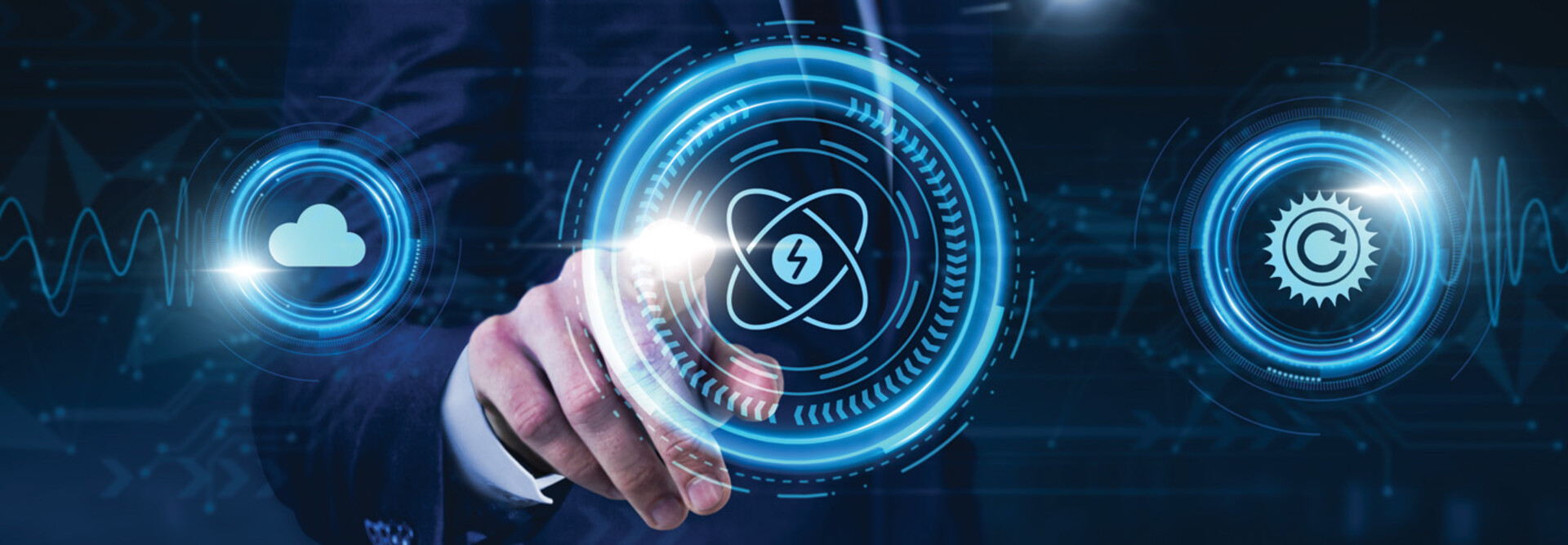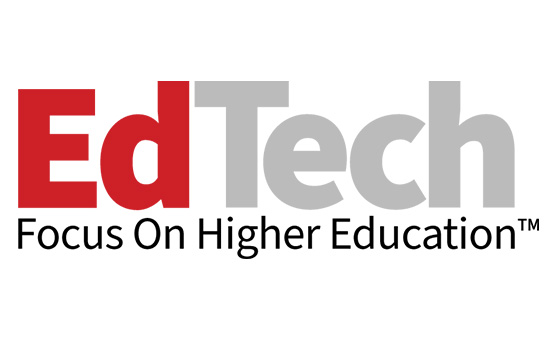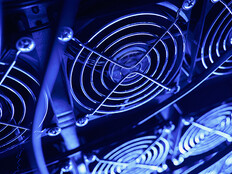How AI Is Increasing Energy Demands in Higher Ed
AI is changing the game for power demands, with high-intensity data processes and additional cooling needs putting pressure on hardworking campus computing clusters.
“AI in general is energy-intensive, for training and inferencing and all of that. And there is demand on the education side: There are a lot of tools that help professors help students. There is more need for AI on the education side, and these are energy-intensive operations,” says Kumaraguru Prabakar, principal engineer at the National Renewable Energy Laboratory.
Microgrids offer a potential way forward.
What Are Microgrids, and How Do They Work on Campus?
A microgrid is a small, self-sustaining electrical system that can operate independently of the main electrical grid.
“Its main feature is that it can operate in parallel with the grid. When the grid is out, whether it’s an emergency or a planned outage, the microgrid can keep the lights on locally, and when the grid comes back, it re-engages with the grid in a seamless fashion,” says Mahmoud Kabalan, associate professor and founding director of the Center for Microgrid Research at the University of St. Thomas.
Microgrids also support energy generation. For universities, “if they have their own solar, if they have their own wind, they’re making energy,” says Steve Gillum, solutions manager for power and cooling at CDW. In this way, “the microgrid really is going to allow campuses to be more independent of the utilities, and to support sustainability as well.”
Many in higher education are already rowing in this direction.
“Most of the U.S. universities have buildings with intense cooling and heating requirements, and they have backup generation, typically for emergency operations,” Prabakar says. “Some have small microgrids for medical facilities or supercomputers. They may not call it a microgrid; It’s just a backup source.”












